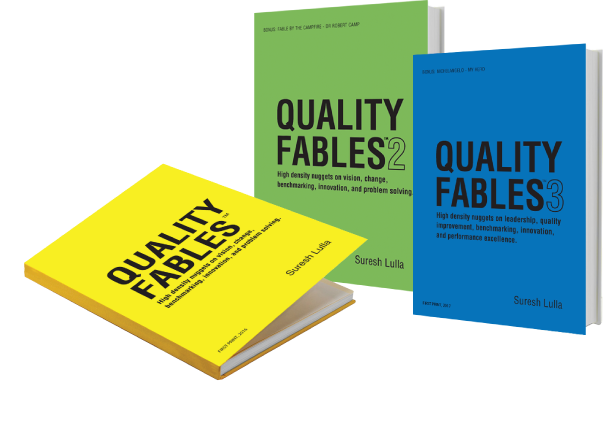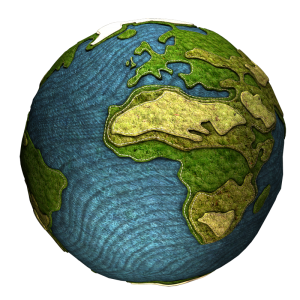Who is the hidden customer?
Repost: This blog was originally posted on 30 September 2015
Quality is about delighting your customer. Delighting through product and service features that satisfy the customer; as well as that are delivered to the customer without deficiencies.
But hold your breath. The definition of customer has evolved over the past three decades. The definition now includes:
- External Customers
- Internal Customers
- Societal Customers
- Hidden Customers
We are organized to deal with customer dissatisfaction (or rebellion) of external customers. But how about internal, societal, and hidden customers? The rebellion impact is a geometric progression from external to hidden!
So who is the hidden customer?
Answer: Mother Earth. The Planet.
Last week, on 15 September, my friend of two decades, Bittu Sahgal, addressed an audience at the Indian Merchants’ Chamber, Mumbai. He is the Editor of Sanctuary Asia. The theme of his talk and presentation was Social Upliftment in an Era of Climate Change. His talk, according to me, was a very evolved version of Quality Management.
Some of the lessons I learned were:
- Our myopic thinking got us to where we are today. Systematically producing waste.
- In nature there is no waste: every by-product of one natural system is a nutrient for another.
- Innovative thinking can also help us find a way out from this problem.
- We can’t solve the problem project by project. Solving isolated social and environmental problems will not get us very far. At best we will provide interim brief relief.
- New technologies will not come as guardian angels. The planet will rebel. Enough is enough.
- We need to solve this problem of mankind, of living, by mimicking the principles of nature.
This is pure Quality Management. At its best.
It is quite apparent that we have landed where we are because of certain assumptions we believe are axioms:
- Humans are the primary species on earth; others are less important; some are even irrelevant.
- There will always be enough room to dispose our waste.
- Energy is infinite and cheap.
- Weather patterns will remain relatively stable.
- Water and topsoil are unlimited.
- Productivity and standardization are keys to economic progress.
- Economic growth and rising GDP are the best way to reduce social inequities.
I wonder if a FMEA would help us understand the risks associated with these assumptions? Will that help pull the alarm? Real loud?
Bittu concluded with a strong message:
- A regenerative society is a flourishing society.
- For one billion years, life has flourished on earth based on one source of energy that powers a forest, a marine ecosystem, or a tiger.
- By contrast, 90% or more of our energy, within the Industrial Age comes from burning fossil fuels.
- Our food is rarely local, travelling instead thousands of kilometers, and is even genetically modified or artificially preserved so that it can survive the trip.
In my view, we need to benchmark Bhutan. Progress in Bhutan is measured by GNH (gross national happiness). GNH includes forest cover, child nutrition, education levels, and health of the elderly.
— — — — — — — — — — —
Click here to read more of his blogs here Click here to read his new books: Quality Fables
1, Quality Fables 2 and Quality Fables 3 
— — — — — — — — — — —
The MADE IN INDIA tiger is a creative representation of the idea behind becoming a manufacturing behemoth in the global markets. Any resemblance to any other logo, is purely unintentional.


